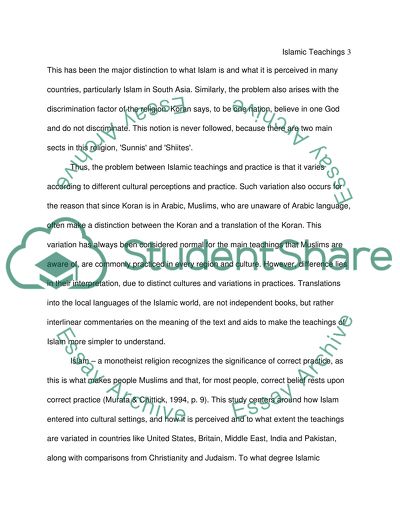Cite this document
(“Islamic Teachings Essay Example | Topics and Well Written Essays - 2500 words”, n.d.)
Islamic Teachings Essay Example | Topics and Well Written Essays - 2500 words. Retrieved from https://studentshare.org/miscellaneous/1518601-islamic-teachings
Islamic Teachings Essay Example | Topics and Well Written Essays - 2500 words. Retrieved from https://studentshare.org/miscellaneous/1518601-islamic-teachings
(Islamic Teachings Essay Example | Topics and Well Written Essays - 2500 Words)
Islamic Teachings Essay Example | Topics and Well Written Essays - 2500 Words. https://studentshare.org/miscellaneous/1518601-islamic-teachings.
Islamic Teachings Essay Example | Topics and Well Written Essays - 2500 Words. https://studentshare.org/miscellaneous/1518601-islamic-teachings.
“Islamic Teachings Essay Example | Topics and Well Written Essays - 2500 Words”, n.d. https://studentshare.org/miscellaneous/1518601-islamic-teachings.


